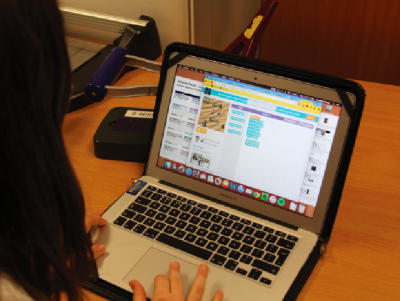 ASL should continue computer programming education after Hour of Code.
ASL should continue computer programming education after Hour of Code.
Hour of Code has been completed by almost nine million students, and over 266,000 teachers are enrolled in the course. From December 7-11, middle school students participated in Code.org’s Hour of Code (HoC). Many students at ASL say they enjoyed the experience and learned about basic programming ideas such as “if statements” and “loops.” However, ASL could do even more to promote computer literacy education. One of the most popular ideas was a programming class.
The idea of HoC is conceptually great: get kids to code in one hour. Once you look at reality though, you realize how unrealistic this goal by itself is. The main reason for this is that programming is very complex and can’t be learned in an hour. Yet, at school there are very few options to continue learning, so, slowly, most people forget what they learned.
According to a middle school survey, approximately 50 percent of middle school students didn’t continue coding after HoC. Despite the fact that most people don’t code, 53 percent would like ASL to include a programming class, and 57 percent would like there to be an extracurricular coding After School Program. A coding class or ASP would allow people to continue to grow their programming skills through small projects. For example, there could be lessons on topics such as variables, and in the next class students could make a personalized project featuring what they’ve learned about variables.
Dr. Janet Bradshaw, fifth-grade science teacher and organizer of the grade five Hour of Code, says that it’s very important to integrate programming into the science curriculum. “Programming should be incorporated into regular science class when it relates to the subject students are studying,” she said.
This class would be extremely important for developing students’ technology skills in the modern world. Today’s world centers on technology more than ever before and it is even more important to know how to both create and use it. Some skills the class would give would be the ability to smoothly use one programming language, such as Python (a flexible computer language, used by beginners and developers), as well as basic knowledge on how a computer works. Programming is important because there are becoming more and more jobs involving web design, scripting and database manipulation, as well as digital product engineers.
A programming class or ASP would be a beneficial addition for all middle school students. Further programming courses would give many students who enjoyed the Hour of Code the opportunity to extend their learning while helping them gain twenty-first century skills.
